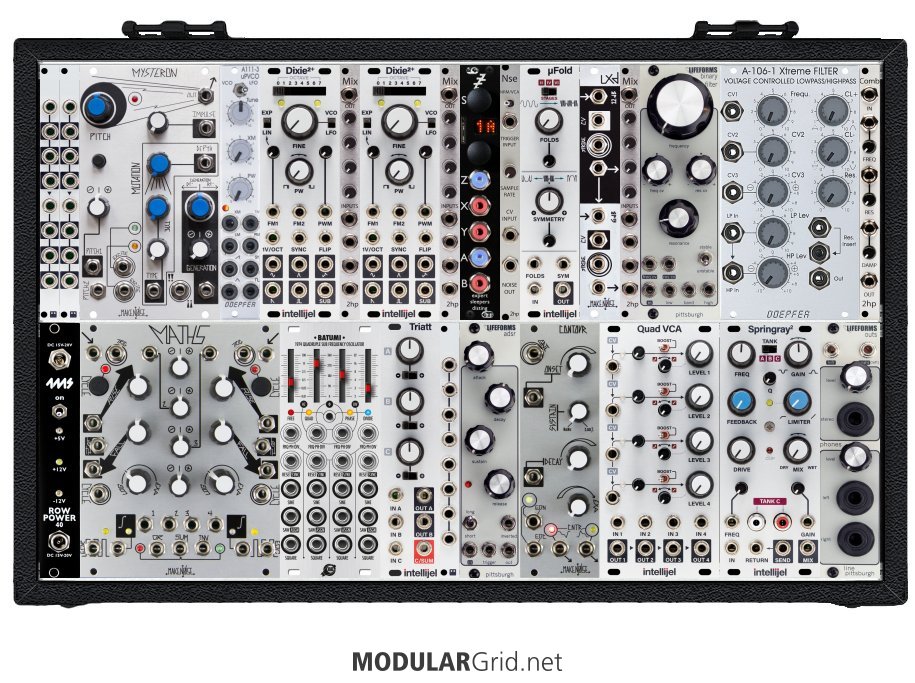Yes. Pretty much you're able to add another element to your initial sound and also add some movement to your sound, either by modulating the original sound or by modulating the effects you run it through. You'll get much better results than running a single sound through effects with limited modulation.
If I were to give you advice in the past tense (before you built your system), the advice I would give is to have a roughly equal number of audio generators, audio processors and CV generators; and have sufficient mixers, multiples and VCAs for them. As an example, look at the system I'm building:
I have five sound generators: Three VCOs, a Mysteron (a digital waveguide) and a noise generator.
I have six sound processors: A comb filter, two multi-mode filters, a lowpass gate, a wavefolder and a reverb
I have five CV generators: two envelopes, a Maths, a Batumi, and a DC attenuverter/fixed value generator.
I have three multiples, three four-channel mixers, and a Quad VCA module
I have a Disting, which is a multi-purpose digital module that can fill many of the above roles.
Finally, I have a stereo output module, for a total of 25 modules (26 if you count the power supply).
I should point out that I will be controlling my system with a pair of Korg SQ-1s, which gives me 4 gates and 4 CVs to work with. These are outside the modular system itself, which is why you don't see a MIDI/CV converter.
I don't have a single sound generating module that is as capable as the Braids, but I'm capable of making far more complex sounds because I can mix different oscillators at different pitches and can also cross-modulate the oscillators in various ways. My sound processors are all relatively simple in comparison to yours (which are impressive I must say), but I can get far more movement out of them because I have so many CV generators to control them with. My mixing is somewhat more capable than yours (3 4-channel mixers vs. 2 3-channel mixers).


